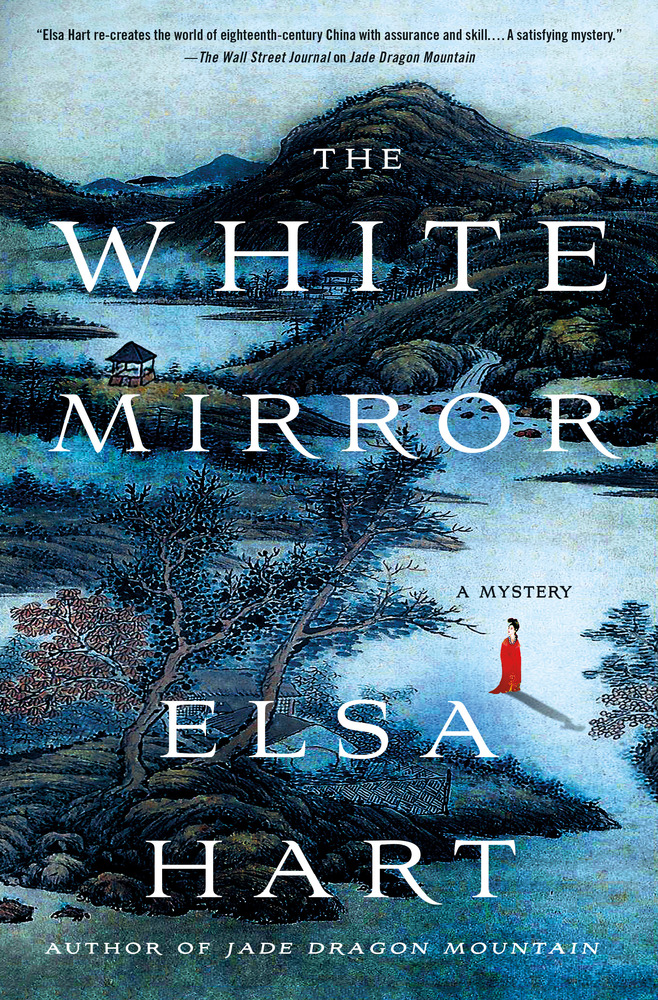The White Mirror
In 18th-century China, tensions are escalating between the Emperor of China, the Tibetan king, and the Mongols in the north. Li Du, a former imperial librarian, is traveling with a tea caravan along the Tea Horse Road. During their trek to a village manor, the group comes upon the body of a dead monk, with a strange symbol painted on the corpse. When the rain turns to snow, the caravan seeks refuge and reports their gruesome discovery to the manor lord.
The monk’s name was Dhamo, a reclusive painter, and no one in the manor is surprised to learn the monk appears to have committed suicide. But when Dhamo’s last “thangka” (a painting on cotton) goes missing, Li Du wonders if there’s more behind Dhamo’s death. He soon learns that each guest at the manor has a secret they are hiding. When memories from Li Du’s past come to the surface, he must confront the real reason behind his becoming an independent traveler instead of returning home, while also identifying a murderer.
One of my favorite books of 2015 was Elsa Hart’s novel Jade Dragon Mountain, which introduces Li Du. This is the author’s second novel, and it’s definitely cut from the same “thangka” as her first. Hart has the ability to weave political and religious intrigue into her plotline while creating a culturally rich, character-driven story. A favorite character of mine, Hamza, provided delightful dialogue throughout the book via his storytelling and discussions with Li Du. It was like breathing in the delightful aroma of a perfectly-steeped cup of hot tea.
Hart masterfully brings this historical period to life. Follow the clues with Li Du in his intriguing investigation and thoughtful introspection. This wonderfully detailed story makes for an enjoyable whodunit mystery that’ll keep you guessing. Highly recommended.










